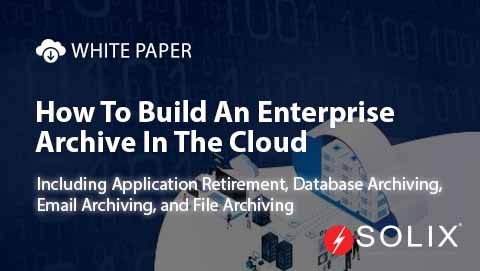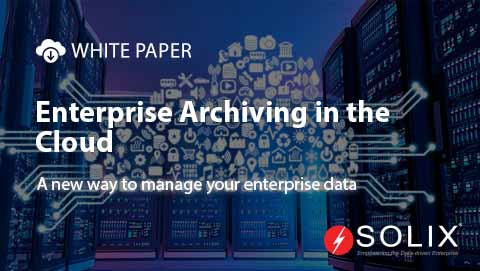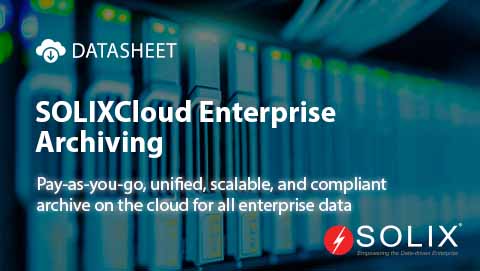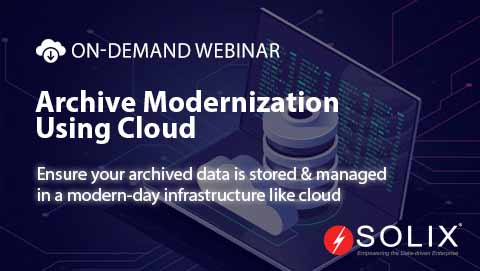Sync Back
What is Sync Back and why does it matter?
Sync back refers to the process of synchronizing data across multiple systems, databases, and applications. This is a crucial task in today’s digital landscape, as it ensures that data is accurate, up-to-date, and easily accessible across the organization. Sync back helps to eliminate data silos, reduces manual intervention, and enables real-time decision-making. With Sync Back, companies can streamline their data management processes, improve data quality, and ensure compliance with regulatory requirements.
A real-world scenario: transforming Sync Back for success
Meet Jane, a data analyst at Acme Corporation. Jane was tasked with consolidating data from multiple internal systems, including customer relationship management (CRM) software, human resources (HR) systems, and transactional databases. The goal was to create a single, unified view of the customer to improve customer service and drive business growth. However, the process was manual, time-consuming, and prone to errors. To overcome these challenges, Jane turned to Solix, a leading provider of data management solutions.
How Solix saves money and time on Sync Back
Solix helped Jane and her team by providing a comprehensive data management platform that streamlines Sync Back processes. With Solix, Jane was able to:
- Sync back data across multiple systems in real-time, ensuring data consistency and accuracy
- Automate data reconciliation, reducing manual intervention and minimizing errors
- Create a single, unified view of the customer, improving customer service and driving business growth
- Simplify data governance, ensuring compliance with regulatory requirements
- Reduce data storage costs by archiving less-frequently accessed data
Solix’s data management solutions include:
- Database archiving: moving older, less frequently accessed data to low-cost cloud object storage, improving application performance and ensuring compliance through information lifecycle management (ILM) policies.
- File archiving: supporting all file types, including office documents, PDFs, images, and videos, this service enables secure and scalable data storage, facilitating data governance and compliance.
- Enterprise data lake: a unified repository that allows organizations to store structured, semi-structured, and unstructured data at scale, supporting advanced analytics and business intelligence initiatives.
- Cloud application retirement and decommissioning: enabling organizations to rationalize their application portfolio and reduce infrastructure costs by retiring legacy applications.
By leveraging Solix’s data management solutions, Acme Corporation was able to achieve significant cost savings and improve the efficiency of its Sync Back processes.
Why choose Solix?
Solix has helped numerous companies, from small to large, achieve significant cost savings and improve the efficiency of their Sync Back processes. We work with companies like Unilever, AIG, Citi, GE, and Santander to help them overcome their data management challenges. Our solutions are designed to simplify Sync Back processes, reduce data storage costs, and ensure compliance with regulatory requirements.
Learn more
To learn more about how Solix can help you achieve seamless Sync Back, contact us at info@solix.com. As a special offer, we invite you to subscribe to our newsletter and join our community of data management professionals. You’ll receive exclusive insights, best practices, and tips on how to get the most out of your data management strategy.
Win a $100 gift card
As a special treat, we’re offering a $100 gift card to one lucky winner who subscribes to our newsletter and joins our community. Simply enter your email address in the box on the right, and you’ll be entered into our drawing. Good luck!
About the author
Priya is a data writer and enthusiast who loves to write about Sync Back and other data management topics. When she’s not writing, she enjoys exploring the vibrant cultural scene in Atlanta and participating in local tech communities.




